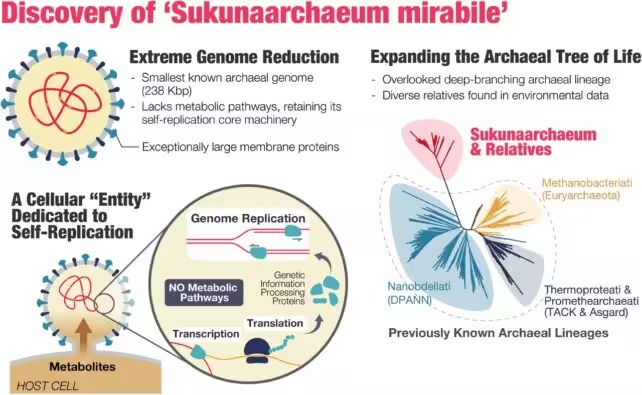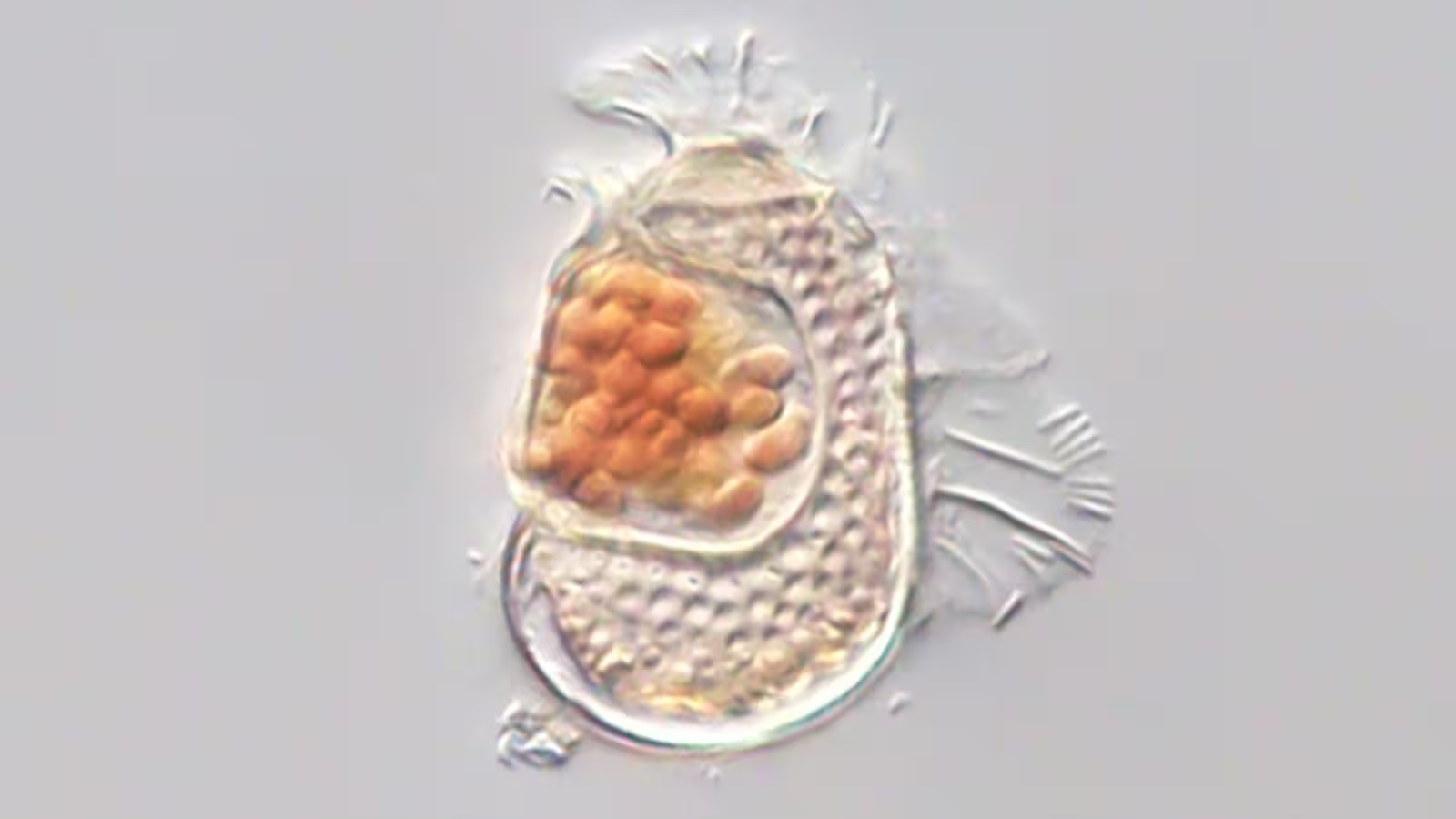3 Minutes
A Revolutionary Microbe Challenges the Definition of Life
Scientists have uncovered a remarkable cellular entity living inside a species of plankton, Citharistes regius, which is pushing the boundaries of how we define life. This organism, provisionally named Sukunaarchaeum mirabile, exhibits characteristics that align it strikingly close to viruses—entities long at the center of debate over what is truly alive.
Scientific Context: What Makes Something Alive?
Traditionally, the border between living and non-living entities is placed before viruses, as viruses cannot independently replicate or maintain themselves without a host cell. However, Sukunaarchaeum mirabile sits uncomfortably near this threshold. Its discovery by genomicist Ryo Harada and colleagues at Dalhousie University was accidental—the researchers were cataloging the intricate DNA landscape of plankton and its symbiotic bacteria when a mysterious DNA loop, inconsistent with known organisms, led to the identification of this new entity.
Key Findings: Genomic Minimalism and Viral Parallels
Sukunaarchaeum presents an extremely streamlined genome, consisting of only 238,000 base pairs—significantly less than that of many viruses, which can possess genomes ranging up to 2.5 million base pairs. Most notably, this microbe lacks almost all recognizable metabolic pathways. According to Dr. Harada's team, "Its genome is profoundly stripped-down, lacking virtually all recognizable metabolic pathways, and primarily encoding the machinery for its replicative core." This means that Sukunaarchaeum depends almost entirely on its host for vital biological processes, much like a virus does.

How Is Sukunaarchaeum Different from Viruses?
Despite its viral-like existence, Sukunaarchaeum retains one critical set of genes that separates it from viruses: it maintains the ability to construct important cellular machinery—including ribosomes and the RNAs needed for protein synthesis. In contrast, viruses must hijack their host's equipment to achieve the same ends. Furthermore, Sukunaarchaeum generates its own membrane proteins, likely essential for enclosing and protecting its compact DNA within the larger plankton cell.
Evolutionary Implications and the Tree of Life
Analysis reveals that Sukunaarchaeum is an archaeon, placing it within a group of microorganisms that are distinct from both bacteria and eukaryotes (the domain which includes humans). The organism’s circular chromosome further aligns it with known traits of bacteria and archaea. Yet, with no genes for metabolism, it does not seem to provide any benefit to its plankton host, echoing the purely parasitic lifestyle of viruses.
The discovery blurs the traditional line separating cellular life from non-living viral particles, complicating our understanding of where life begins and ends.
Conclusion
The identification of Sukunaarchaeum mirabile forces biologists and astrobiologists alike to confront fundamental questions about the origins and thresholds of life. As a borderline case between cell and virus, its existence highlights the diversity and adaptability possible in the microbial world. Future research into entities like Sukunaarchaeum may reshape our definitions of life and provide valuable clues for the search for life beyond Earth.
Source: sciencealert



Comments